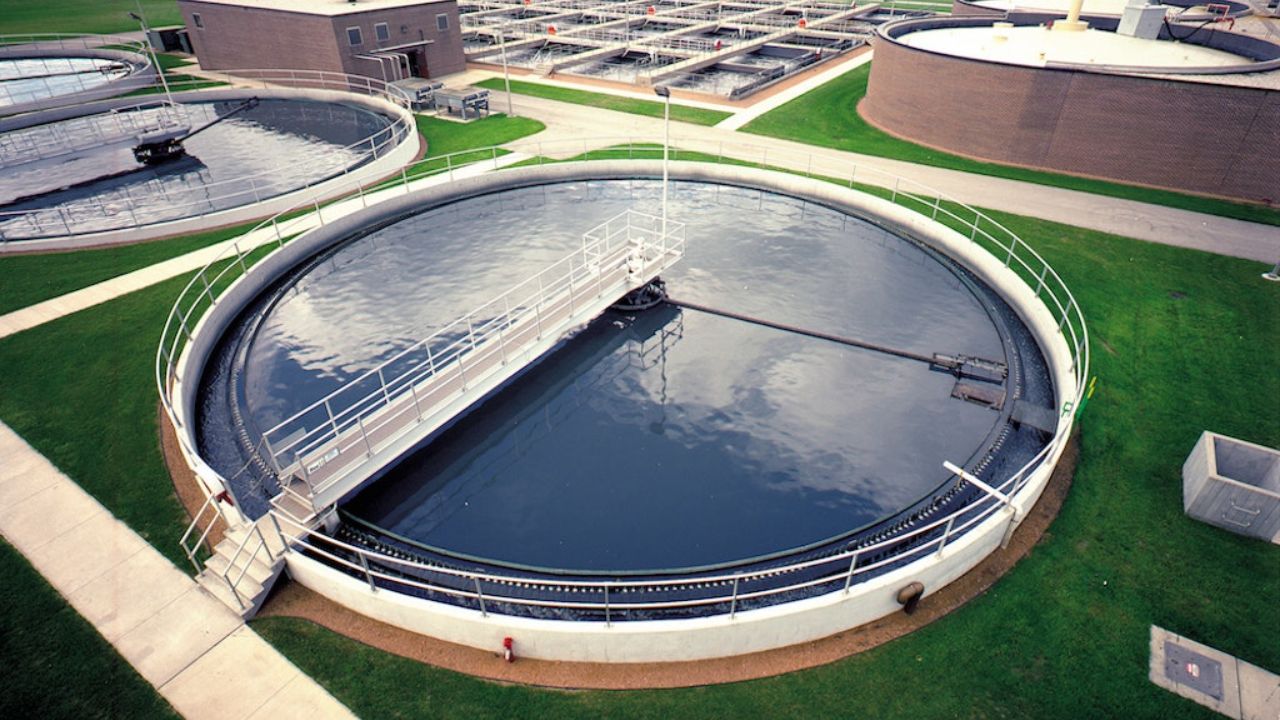Dennis is a hard-working business professional who enjoys spending time with his family and friends. He likes to stay active, and loves playing sports. Stephanie is always looking for new challenges and opportunities to grow both personally and professionally.

Polyaluminium Chloride (PAC) is one of the most commonly used coagulating agents in contemporary wastewater treatment. Of the different grades, pac 28 customized is the most recognized for being the most cost-efficient while also being stable and dependable over both industrial and municipal applications. As water treatment facilities continue to address the challenges of higher treatment demands, varying quality water, and sustainability, PAC 28% has proven effective economically and operationally over time.
Cost-Effective Long-Term Operation
Wastewater plants find PAC 28% economically unobjectionable when compared to its higher-grade variants like PAC 30%, which, while containing a slightly higher aluminum content, is pricier and does not offer the value PAC 28% does regarding coagulation performance. Although PAC 28% does not possess high dosage requirements, its moderate dosage reduces the chemical consumption and waste. As time passes, these moderate dosages lead to significant profitability in chemical procurement, sludge disposal, and equipment maintenance. And for large treatment operations, the reliability of PAC 28% corroborates predictable outcomes without the need for constant adjustments or higher doses of chemicals, permitting the upkeep of inexpensive maintenance.
Improved Sludge Management
Wastewater facilities are especially concerned about the sludge generated in the coagulation and flocculation steps. PAC 28% leads to the highest sludge densities, which, when dehydrated, are less voluminous than dehydrated sludge from equivalent coagulants like alum or ferric chloride, thereby incurring lower disposal costs of the volume. Conversely, having a drier sludge operationally reduces the burden. It is not only in handling and transporting but also in storage and disposal. In conjunction, the dehydrated sludge lowers the environmental risk of leachate, thereby supporting compliance with waste management regulations.
Advantages of Shelf-Life and Stability
PAC 28% has a stable shelf life, provided it is stored in a dry environment. It can retain its coagulating ability for a very long time. Such a balance allows wastewater management facilities to store, dose, and avoid loss without hassle. They can also dose unevenly for long periods and still prevent loss. Its temperature resistance also makes it perfect for tropical environments and industries where other coagulants may lose effectiveness due to temperature fluctuations.
Environmentally Sustainable
PAC 28% helps industries achieve their sustainability objectives, especially in urban areas. With PAC 28%, the quantity of wastewater chemicals removed is even lower; after treatment, the chemicals removed are lighter, and the wastewater is clearer. PAC 28 also mitigates criticism by allowing the use of lower doses of chemicals, meaning that reduced environmental contamination is achieved. This improves the public image of a wastewater treatment facility.
Reliability in Several Industries
PAC 28% has proven dependable in a wide range of sectors—including textiles, mining, paper, chemical processing, and municipal wastewater treatment. Its versatility and flexibility in handling varying water composition and contaminant levels are remarkable. For treatment plants that need to deal with varying conditions, PAC 28% treatment provides consistent results, even when handling industrial effluents with fluctuating pH levels and high turbidity. Because of increased productivity, plants are able to maintain long-term regulatory compliance, owing to PAC 28%.
Benefits of Long-Term Supply and Customization
Apart from the chemical benefits, long-term supply, and customer-specific PAC 28% allocation are additional reasons for using PAC 28%. Likun Materials, a manufacturer with over a decade of experience in water treatment chemicals, provides reliable production and customized global distribution of PAC 28%. For wastewater, the plants can design PAC 28% to their specific needs. They can customize packaging, labelling, and shipping. This guarantees a reliable supply.
Greater Coagulation Efficacy
Over time, wastewater treatment facilities using PAC 28% with the optimized 28% aluminum oxide content and coherently balanced basicity of 50-85% derive the advantages of superior coagulation. Such facilities consistently eliminate suspended solids, colloids, and organic debris over time. The strong charge neutralization mechanism facilitates the rapid merging of smaller floc particles, thus accelerating sedimentation and enhancing filtration. Such stable performance over time is necessary to ensure predictable water quality and remain compliant over the long term with stringent environmental discharge limits.
Conclusion
Investing in PAC 28% for sewage treatment facilities offers excellent long-term advantages. It goes beyond initial treatment outcomes. It provides benefits in sludge management, sustainability, cost-effectiveness, and improved coagulation performance. With climate change affecting the water system and management, the multifunctional nature of PAC 28% makes it a suitable solution. PAC 28% is the coagulant of choice due to its adaptability, reliability, flexibility, and optimum performance. With the increasing global demand for quality water, one can fully rely on PAC 28% for consistent and high-quality water treatment results.
